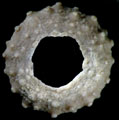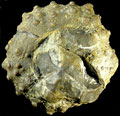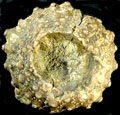The Echinoid Directory
Aplodiadema de Loriol, 1903, p. 49
| Diagnostic Features |
|
|---|---|
| Distribution | Upper Jurassic (Oxfordian), France. |
| Name gender | neuter |
| Type | Pseudodiadema langi Desor, 1856, p. 65, by monotypy. |
| Species Included | Only the type species. |
| Classification and/or Status |
|
| Remarks |
|









